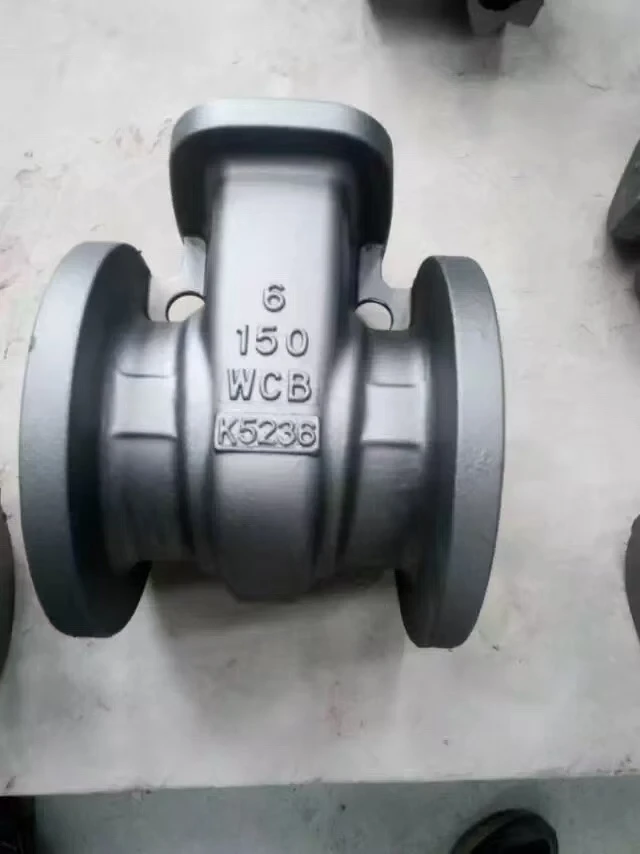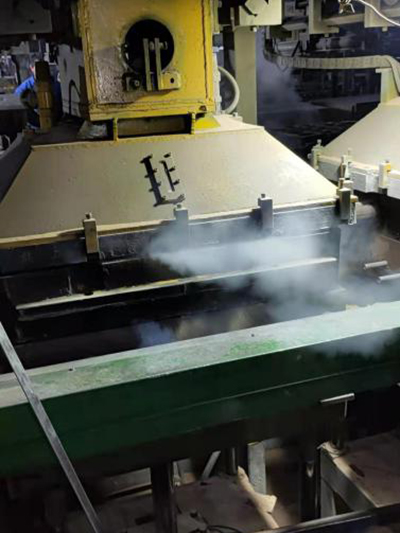

Sand Reclamation and Environmental Impact The sustainable practice of sand reclamation is gaining traction. High-quality investment casting sand can be rejuvenated and reused, reducing waste and lowering costs. Expertise in sand reclamation involves understanding the sand's lifecycle and the best practices for removing impurities from used sand. Advanced reclamation systems heat-treat sand to burn off impurities and then use air classification to sort usable grains from debris. Environmental stewardship is a priority in the foundry industry, and adopting eco-friendly practices, including efficient sand reclamation, enhances a foundry's trustworthiness. Foundries that advertise their green practices often gain a competitive edge in an increasingly environmentally-conscious market. Certification from recognized environmental bodies acts as social proof of a foundry’s commitment to sustainability. Investment Casting Sand's Role in Achieving Precision The quest for precision in casting is relentless. Investment casting sand is a cornerstone of this pursuit, where modular complexity meets geometric perfection. Its characteristics—refractoriness, grain size, thermal expansion—directly influence the dimensional accuracy of cast components. Investment in high-quality sand is akin to investing in the efficacy of the casting process itself, leading to reduced machining costs and increased speed to market. Every foundry professional understands that the performance and reliability of investment castings can be traced back to sand quality. By combining in-depth materials science expertise with an understanding of market demands, foundries can leverage the properties of investment casting sand to produce components that meet and exceed industry standards. In summary, the meticulous selection and handling of investment casting sand are of paramount importance to successful casting operations. By harnessing the expertise of seasoned professionals and adhering to industry best practices, foundries can ensure the production of high-quality, intricately detailed components that stand up to market demands and rigorous quality benchmarks. This holistic approach enhances not only the output quality but also the reputation and sustainability of foundry operations in the competitive landscape of precision manufacturing. Post time:Gearr . 13, 2025 15:54
Next:high volume sand casting
